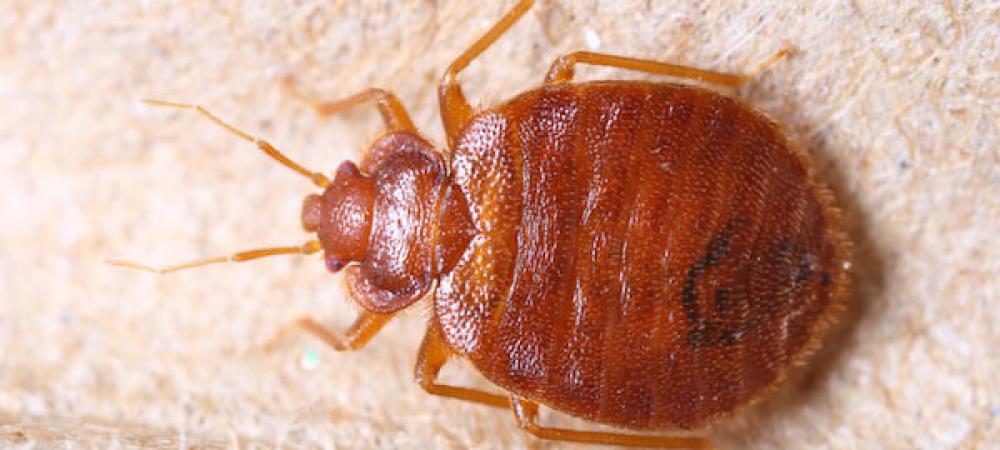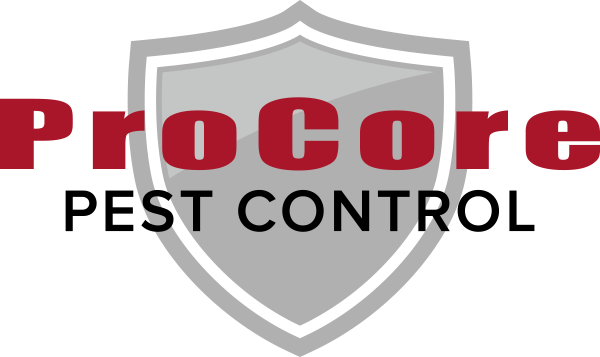What Do Bed Bugs Look Like? A Comprehensive Guide to Identification and Treatment

Understanding what bed bugs look like is essential for early detection and effective treatment. These pesky insects are known for their ability to infest homes, hotels, and other spaces, making their presence hard to miss. In this guide, we’ll explain the key characteristics of bed bugs, how to identify them, and what you should do if you suspect an infestation.
What Are Bed Bugs?
Bed bugs, scientifically known as Cimex lectularius, are small, reddish-brown insects that are parasitic in nature. They feed on the blood of humans and animals and are primarily active at night, making them challenging to detect. There are various species of bed bugs, but the common bed bug is the one most likely to infest residential and commercial spaces.
Physical Characteristics of Bed Bugs
Knowing what bed bugs look like is the first step in preventing and treating infestations. Here are the key physical traits of bed bugs:
- Size & Shape: Adult bed bugs are about 4 to 5 millimeters in length, roughly the size of an apple seed or a grain of rice. Their bodies are oval and flat, making them well-suited to hide in cracks and crevices.
- Color: Bed bugs are reddish-brown but their color may shift depending on their feeding status. After feeding, their bodies may appear more swollen and elongated.
- No Wings: Unlike certain other insects, bed bugs do not have wings and cannot fly. They rely on crawling to move from one location to another.
- Antennas & Legs: Bed bugs have short, segmented antennae and six legs that are well-adapted for crawling on various surfaces, especially the seams and crevices of bedding.
What Color Are Bed Bugs?
While bed bugs are commonly reddish-brown, their color can vary. Freshly fed bed bugs may appear darker and more swollen, while unfed ones tend to be a lighter brown. The change in color helps in identifying their feeding patterns.
How Small Are Bed Bugs?
Adult bed bugs are small, making detection difficult. Their length of 4 to 5 millimeters is comparable to the size of an apple seed. Due to their size and flattened bodies, they can squeeze into tiny cracks in furniture, walls, and bedding, often escaping unnoticed.
How to Identify Bed Bug Bites
One of the telltale signs of a bed bug infestation is the appearance of bites on your skin. Here’s how to identify bed bug bites:
- Appearance: Bed bug bites typically appear as small, red, raised bumps that can itch intensely. These bumps may appear in clusters or in a linear pattern, as bed bugs often bite several times in one feeding session.
- Pattern: Bed bug bites usually follow a linear or zigzag pattern, reflecting their movement as they feed.
- Delayed Reactions: Unlike mosquito bites, which are noticed immediately, bed bug bites may take several days to show up on the skin. The delay can vary depending on individual skin reactions.
- Common Locations: Bed bug bites typically appear on exposed areas of the body, such as the face, neck, arms, and hands.
What Do Bed Bugs Leave Behind?
In addition to bites, bed bugs may leave behind telltale signs of their presence, including:
- Blood Stains: Tiny blood spots on sheets or pillowcases from crushed bed bugs.
- Fecal Spots: Dark, dried stains from bed bug droppings found on mattresses, walls, or furniture.
- Shed Skins: Bed bugs molt several times throughout their life cycle, leaving behind their exoskeletons in hidden areas.
How Long Do Bed Bug Bites Take to Show Up?
Bed bug bites can take anywhere from a few hours to a few days to show up. The reaction time depends on the individual's sensitivity to the bites. Some people may not notice any symptoms, while others may experience intense itching and swelling.
Preventing Bed Bug Infestations
Preventing a bed bug infestation requires vigilance and some proactive steps:
- Inspect New Furniture: Check used or secondhand furniture thoroughly before bringing it into your home.
- Cover Mattress & Box Springs: Consider using bed bug-proof encasements to protect your sleeping areas.
- Regularly Clean Bedding: Wash and dry bedding and clothing regularly, particularly if you suspect exposure to bed bugs.
Need Help with Bed Bugs? Get Professional Treatment Today!
If you’re located in Greenville and noticing signs of bed bugs, call ProCore! Our Greenville bed bug exterminators are equipped with the knowledge, tools, and proven methods to tackle bed bug infestations head-on. Don’t share your space with these insects anymore; contact us today.
